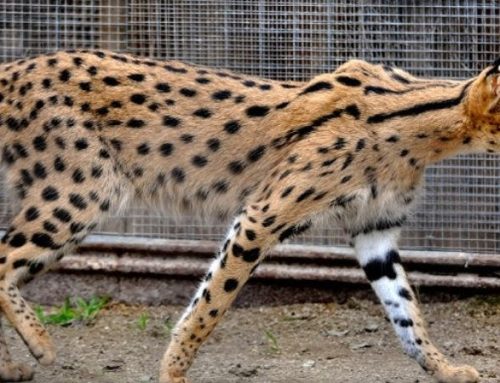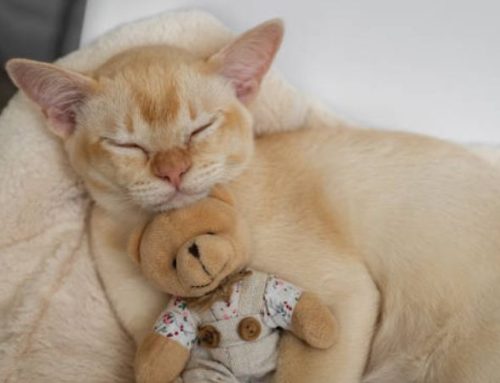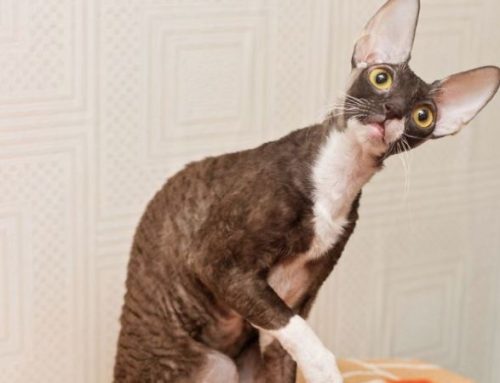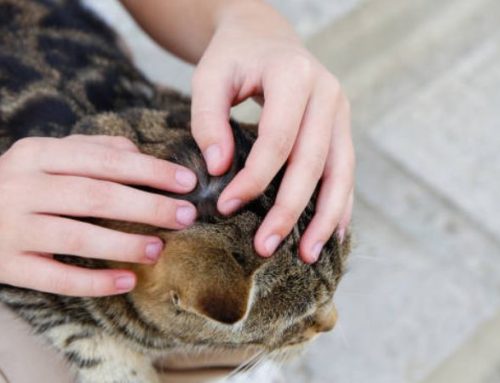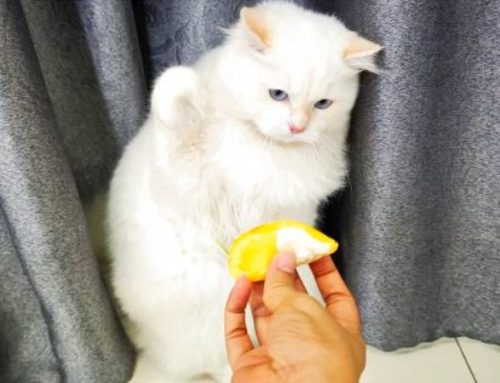Watching your cat vomit can be worrying, especially when it happens more than occasionally. Cats can bring up a variety of substances—yellow bile, hairballs, partially digested food, or even objects they shouldn’t have swallowed.
If your cat is vomiting yellow liquid and refusing to eat, it’s a sign that something may be wrong. Let’s explore the possible causes and what steps you can take to help your cat feel better, with guidance from Nexus-pets.
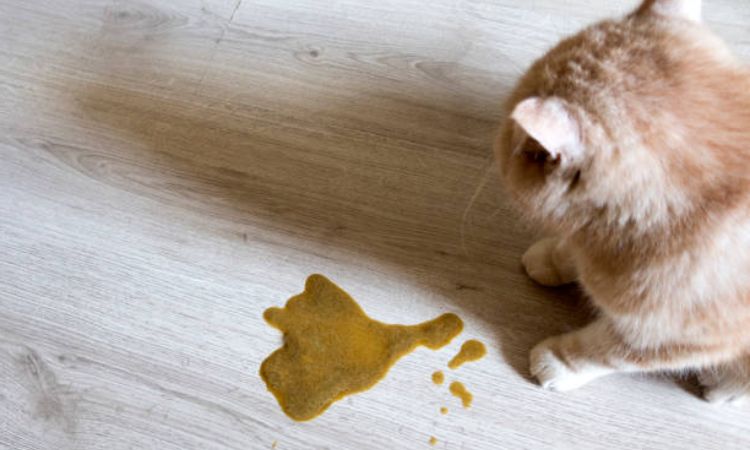
Common Causes of Vomiting Yellow Liquid in Cats
Empty Stomach
One of the most frequent reasons cats vomit yellow liquid is an empty stomach. When a cat goes too long without eating, bile—a digestive fluid produced by the liver and stored in the gallbladder—can accumulate and irritate the stomach lining. This irritation may trigger vomiting, often first thing in the morning. Cats with irregular feeding schedules or those prone to skipping meals are particularly susceptible. This condition is sometimes referred to as Bilious Vomiting Syndrome (BVS).
Dietary Indiscretion
Cats are curious by nature and may occasionally eat something they shouldn’t. Vomiting yellow liquid can result from:
- Eating spoiled or contaminated food
- Swallowing indigestible substances, such as string, hair ties, or small toys
- Ingesting toxic plants or chemicals
- Consuming food or objects with yellow coloring that can irritate the stomach
Even a small amount of an inappropriate substance can lead to bile vomiting and digestive upset.
Gastrointestinal Issues
Various gastrointestinal conditions can cause a cat to vomit yellow liquid:
- Gastritis: Inflammation of the stomach lining, often triggered by dietary changes, toxins, or infection, can cause bile vomiting.
- Inflammatory Bowel Disease (IBD): Chronic inflammation in the intestines may lead to frequent vomiting and bile regurgitation.
- Pancreatitis: Inflammation of the pancreas can block normal bile flow, resulting in bile accumulation and vomiting.
- Intestinal Blockage: Foreign objects obstructing the digestive tract are a medical emergency and require immediate veterinary intervention.
Hairballs
Cats groom themselves constantly, swallowing loose hair in the process. When hair collects in the stomach, it can form hairballs that irritate the stomach lining or partially block the digestive tract. This irritation often leads to vomiting, sometimes mixed with bile, especially if the cat’s stomach is otherwise empty. Occasional hairball vomiting is normal, but frequent episodes may indicate a more serious digestive problem.
Food Allergies or Sensitivities
Some cats develop allergies or sensitivities to certain ingredients in their diet. These reactions can inflame the gastrointestinal tract, disrupt digestion, and result in bile vomiting. Identifying and eliminating the offending food, often with the guidance of a veterinarian, can help prevent recurring episodes.
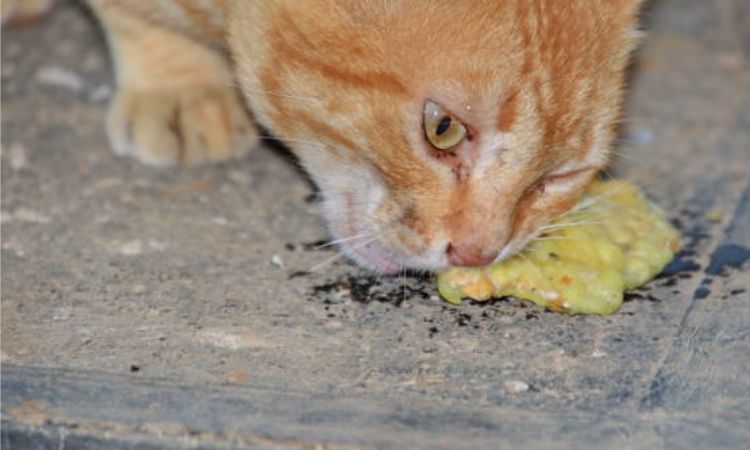
Underlying Health Conditions Linked to Vomiting Yellow Liquid
While occasional vomiting may be harmless, frequent episodes of yellow vomit can signal underlying health problems. Understanding these conditions can help cat owners recognize when veterinary care is necessary.
1. Diabetes
Cats with diabetes often have elevated blood sugar levels, which can disrupt normal digestive function. Vomiting yellow liquid may occur alongside symptoms such as increased thirst, frequent urination, weight loss, and decreased appetite. Early detection and management with insulin therapy and dietary adjustments are crucial to prevent complications.
2. Kidney Disease
Chronic kidney disease can cause a buildup of toxins in the bloodstream, which irritates the stomach and leads to nausea and vomiting. Cats with kidney disease may also show increased urination, poor appetite, weight loss, and a dull or rough coat. Supportive care from a veterinarian can help manage symptoms and maintain quality of life.
3. Hyperthyroidism
An overactive thyroid increases metabolism and can cause excessive bile production, which may irritate the stomach and trigger vomiting. Cats with hyperthyroidism may also experience weight loss despite a healthy appetite, increased activity, restlessness, and changes in coat condition. Treatment often involves medication, dietary management, or surgery.
4. Liver or Gallbladder Disease
Liver or gallbladder problems, including infections, inflammation, or blockages in the bile ducts, can lead to bile vomiting. Other potential signs include jaundice (yellowing of the eyes or skin), loss of appetite, lethargy, and changes in stool or urine color. Prompt veterinary evaluation is essential to diagnose the specific cause and begin treatment.
Why Your Cat Might Not Be Eating
A cat refusing food can be a sign of an underlying problem, and it’s important to understand the potential causes. Loss of appetite in cats is often linked to illness, discomfort, or digestive upset.
- Illness or Underlying Health Conditions: Cats may stop eating when experiencing health issues such as kidney disease, liver problems, hyperthyroidism, diabetes, or infections. These conditions can cause nausea, weakness, or metabolic changes that reduce their desire to eat.
- Nausea or Gastrointestinal Discomfort: Vomiting, bile irritation, gastritis, or other digestive problems can make eating uncomfortable or unappealing. Cats may associate food with nausea and temporarily refuse meals until the underlying issue is addressed.
- Pain or Systemic Disease: Chronic pain from dental disease, arthritis, or other systemic illnesses can also suppress appetite. When a cat is in discomfort, eating may be difficult or unpleasant, leading to reduced food intake and potential weight loss.
Monitoring your cat’s eating habits and addressing any loss of appetite promptly with a veterinarian is critical, as prolonged refusal to eat can lead to dehydration, malnutrition, and more serious health complications.
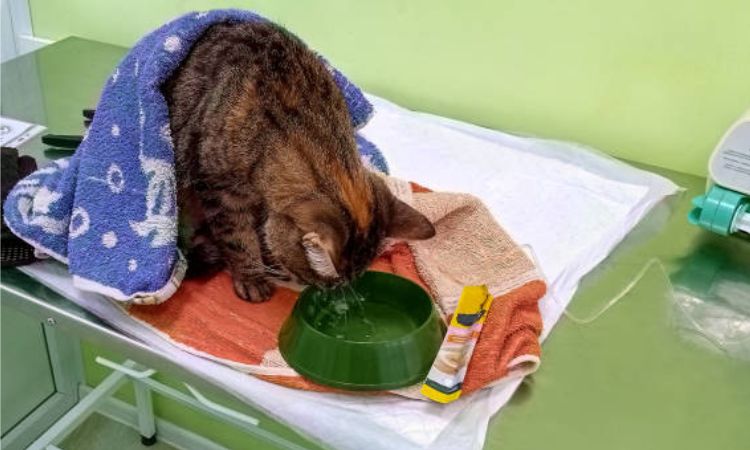
When to Seek Veterinary Care?
Vomiting in cats can range from occasional and harmless to a sign of a serious medical condition. Knowing when to seek veterinary attention is crucial for your cat’s health. You should contact your veterinarian promptly if vomiting is frequent, persistent, or accompanied by any of the following symptoms:
- Lethargy: If your cat appears unusually tired, weak, or unresponsive in addition to vomiting, this may indicate an underlying illness that needs immediate attention.
- Weight Loss: Unexpected or rapid weight loss alongside vomiting can signal metabolic issues, chronic disease, or malnutrition.
- Abdominal Pain: Signs of discomfort, bloating, or sensitivity in the stomach area may indicate gastrointestinal problems, inflammation, or obstruction.
- Diarrhea: Vomiting combined with diarrhea increases the risk of dehydration and can point to infections, parasites, or dietary intolerance.
- Dehydration: Reduced water intake, sunken eyes, dry gums, or decreased skin elasticity are serious warning signs, as vomiting can quickly deplete fluids and electrolytes.
- Difficulty Breathing: Any respiratory distress occurring with vomiting warrants urgent veterinary care, as it may indicate a systemic or life-threatening condition.
- Vomiting with Blood or Unusual Colors: Red, brown, black, or otherwise abnormal vomit may indicate bleeding in the digestive tract, ingestion of a foreign object, or a severe gastrointestinal issue.
- Signs of Intestinal Obstruction or Severe Illness: Symptoms such as persistent retching, inability to pass stool, abdominal swelling, or sudden behavioral changes suggest an intestinal blockage or other serious condition requiring immediate intervention.
Persistent or severe vomiting, especially when accompanied by these warning signs, should never be ignored. Early veterinary evaluation can prevent complications, provide proper diagnosis, and guide effective treatment to keep your cat safe and healthy.


